- Antinutrients are chemicals found in plants that keep your body from absorbing essential nutrients from food
- The key antinutrients that you have to watch out for are lectins, phytates, gluten, and oxalates — though not all of them are bad
- Some people are more sensitive to antinutrients than others; test your sensitivity with an elimination diet to see if you experience symptoms
- Eating a steady source of antinutrients can lead to gut issues, inflammation, arthritis, and brain fog, which is why it’s smarter to eat foods that don’t pose potential risks; check out the Bulletproof Diet Roadmap to learn the most nutritious foods that won’t make you feel like crap
Ask a random person on the street what an antinutrient is and he’ll likely shake his head. It sounds like the villain in an eat right PSA aimed at kids. And truthfully, that wouldn’t be too far off.
What are antinutrients?
Antinutrients are compounds found in foods that interfere with the absorption of beneficial nutrients and minerals. They prevent the body from being the efficient micronutrient sponge that it was meant to be. People and animals pull the nourishment we need from our surroundings, but as evolution would have it, many plants developed the capacity to fight back. Nutrient-sapping phytochemicals protect tasty edibles from being devoured to the point of extinction.
This state-of-the-art defense system taught animals that overconsumption resulted in sickness and sometimes death. Animals either evolved to digest the antinutrient-rich plants, or they stopped eating them.
Antinutrients are found in their highest concentrations in grains, beans, legumes and nuts, but can also be found in leaves, roots and fruits of certain varieties of plants.
Do you really need to avoid them?
Not all antinutrients are bad. It’s impossible to avoid them all, and you won’t feel good if you cut out every single one from your diet. Instead, you need to avoid the ones that cause big holes in your gut or the ones that are triggers for you. The Bulletproof Diet is designed to to reduce your exposure to health-sapping foods, placing problematic antinutrients in the suspect to toxic sections of the Bulletproof Diet Roadmap. Only by eliminating a food from your diet and reintroducing it can you determine whether a food is messing with your performance.
Here, the top four antinutrients, how they affect your body, and how to hack their consumption.
Lectins
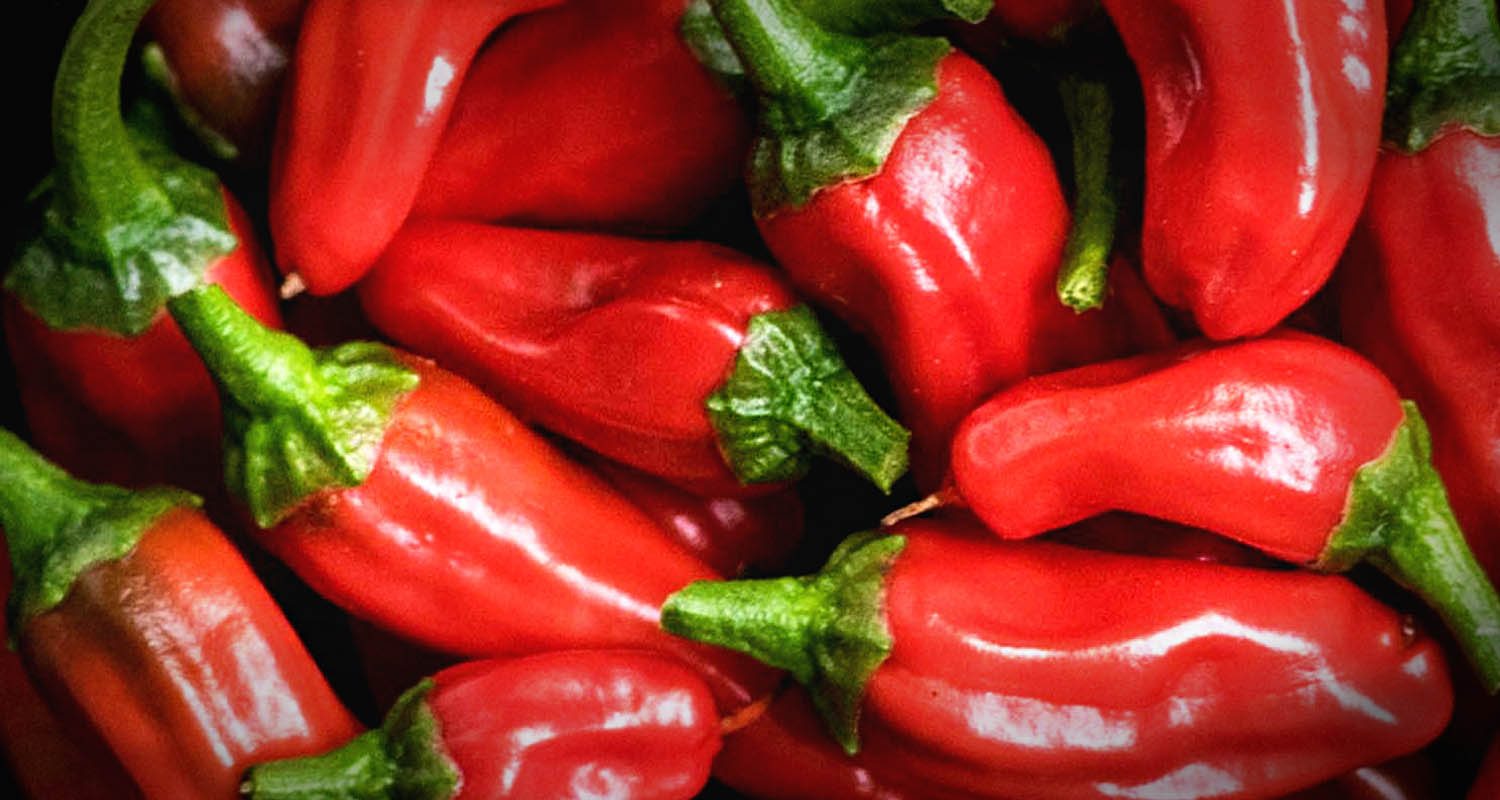
When you eat a lot of lectins, your gut wall develops holes, and its contents pours into your bloodstream, causing leaky gut syndrome.
There are thousands of varieties of lectins — they exist in most plant species. Not all of them are toxic or cause intestinal damage. The most common sources of lectins include grains, legumes, and nightshades. These plants contain drastically more lectins than other food sources do, which is why wheat, beans, quinoa, peas, peanuts, white potatoes, tomatoes, and eggplants are suspect on the Bulletproof Diet. The more you eat, the more damage you cause to your body. Instead, concentrate on getting most of your nutrients from foods that come with low risk.
That said, lectin sensitivity varies widely person to person. You might be able to eat lectins morning, noon, and night, and never have a problem, while your friend can’t touch the stuff. You’ll know you have a problem with lectins if you experience inflammation, brain fog, migraines, stomach issues, acne or joint pain after eating a lectin-rich meal. The lectins in nightshades, in particular, are a common autoimmune trigger and can cause sensitivities in a lot of people. To test yourself, fill up on a nightshade-heavy lunch — think tomatoes, peppers, and potatoes — and see how you feel afterward.
For the most part, you can kill or reduce the number of lectins in your food by cooking it first. Bulletproof Radio podcast guest Dr. Steven Gundry (iTunes), renowned heart surgeon, celebrity doctor, medical researcher and author, just released a cookbook for busy families who want easy meals without the negative effects of lectins and other anti-nutrients. He explains how different preparation methods can reduce lectin content, which minimizes the unwelcome effects of anti-nutrients.
“The cool thing about pressure cooking is it will do a pretty doggone good job of destroying lectins. The idea of soaking beans with multiple changes of water definitely decreases lectins. Heat decreases lectins,” explains Gundry. “But there are very valid papers that show that’s probably not enough for very sensitive individuals.”
It’s a good idea to experiment with different foods and preparations to see how your individual biology reacts.
Bulletproof Diet Tips:
- Choose white rice over brown rice, the lectins are in the hull
- Sweet potatoes have drastically less lectin content than white potatoes
- Swap in almond butter for peanut butter; the lectins in peanuts cause an inflammatory response in most people, and they’re not destroyed by heat
Phytic Acid (Phytates)
Phytic acid, also known as phytates, is one of the more infamous antinutrients on the block, blocking the absorption of nutrient heavy-hitters like magnesium, zinc, calcium and iron, amongst others. Found in whole grains, nuts, soybeans, and seeds, phytic acid binds to these minerals, preventing their absorption, so you get little nutrition from the food.
Phytate also inhibits digestive enzymes pepsin, trypsin and amylase. Amylase is required for the breakdown of starch, while trypsin and pepsin are involved in the breakdown of protein. When those enzymes aren’t present in the right amounts, food doesn’t get processed properly, and your body misses out on key nutrients.
Think about it like this, if your body has a huge influx of phytate, it means that there are less nutrients to go around, but the body is also substantially less efficient at breaking down macronutrients into their components.
Your body can handle some amount of phytates, but it’s a good idea to eliminate the main sources so your minerals will be absorbed. Besides, removing them from your diet completely would be impossible.
To build muscle or burn fat, your body needs a certain amount of protein or carbohydrates. However, that amount largely depends on how healthy your gut is. That’s because an optimized digestive system requires less food to fuel the body properly.
Phytic acid is most concentrated in the bran of grains, which is why Bulletproof ranks white rice over brown rice. In legumes, phytic acid is found in the cotyledon layer, which is much harder to remove, hence why legumes like kidney beans, lentils and soy are not on the recommended Bulletproof Diet list.
Cooking certain foods that are high in phytates and then draining the water or soaking them in an acid like lemon or vinegar reduces phytates, but many of the grains and seeds that contain phytates are irritating to the gut even when cooked.
Bulletproof Tips:
- Skip the canola or other seed oils; cook with avocado oil, coconut oil or butter/ghee.
- Avoid beans — they’re high in carbs and not particularly rich in nutrients
Oxalic Acid (Oxalates)
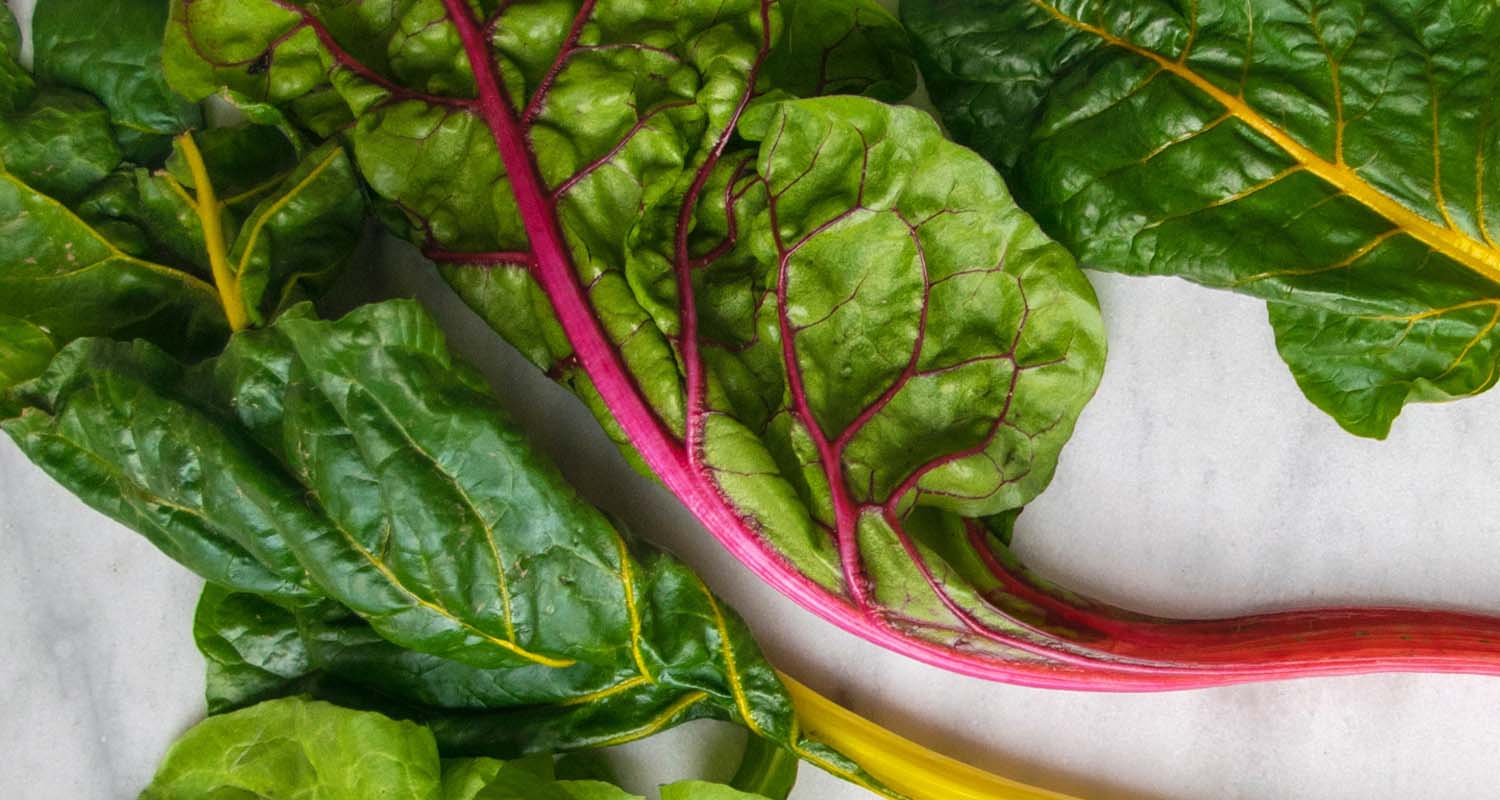
When oxalates bind to calcium in your blood, tiny, sharp oxalic acid crystals form and can be deposited anywhere in the body and cause muscle pain. When this happens in the kidneys, it causes kidney stones. Oxalates also cause a condition in women called vulvodynia, which leads to painful sex because of oxalic acid crystals in the labia.
In sensitive people, even small amounts of oxalates cause burning in the eyes, ears, mouth, and throat. Consuming large amounts may cause abdominal pain, muscle weakness, nausea, and diarrhea. People who eat large quantities of raw vegetables may be particularly susceptible.
Like phytates, oxalates can be reduced by cooking in calcium or baking soda water, and draining the water. Added dietary magnesium and zinc bind to oxalic acid, thus lowering oxalate absorption substantially.
Bulletproof Tips:
- Never add raw kale, spinach, or chard to salads or smoothies. Steam them first.
- When seasoning meals, skip the black pepper to avoid oxalates.
Gluten
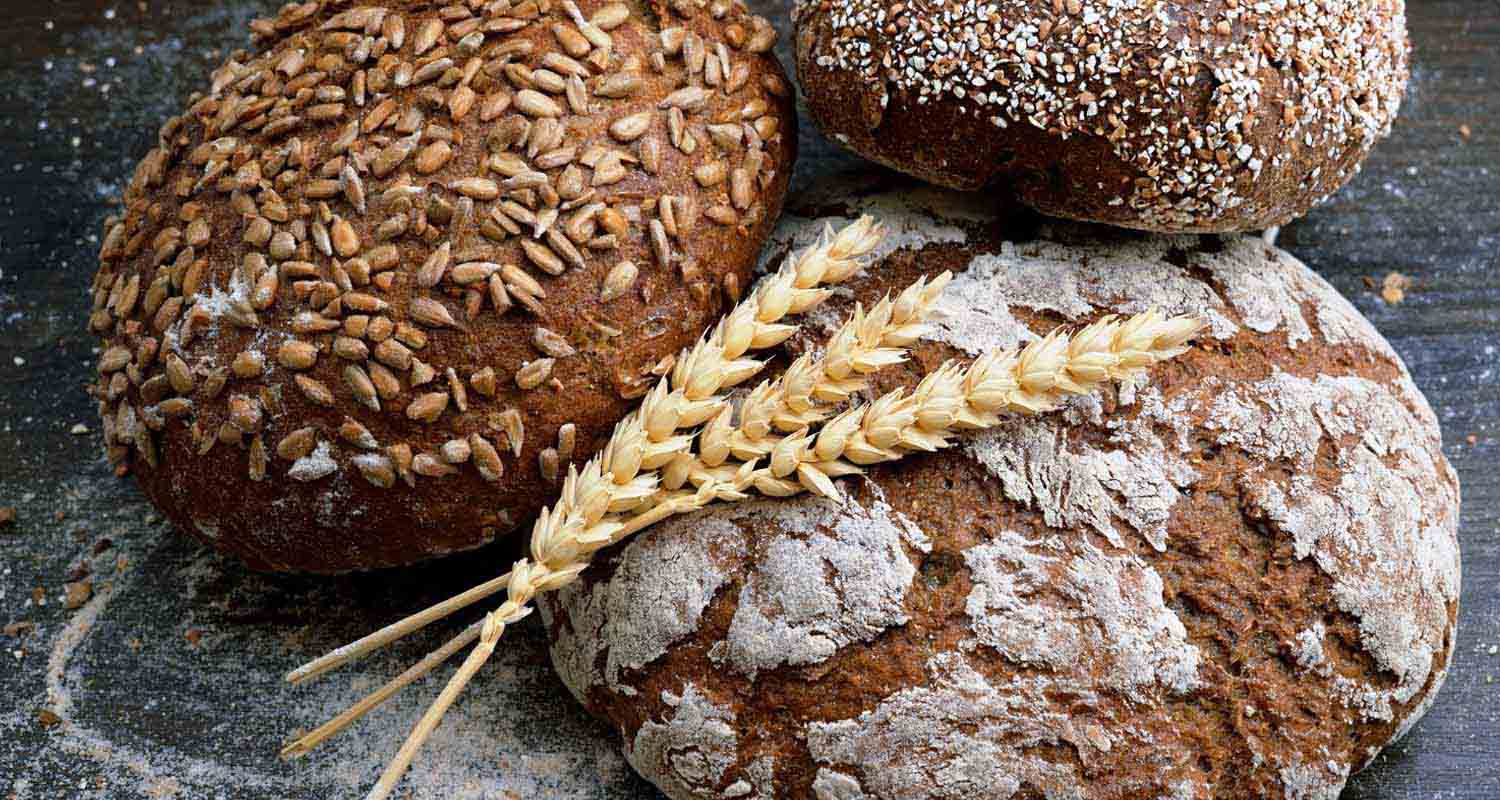
The spectrum of reaction to indigestibility of gluten places people into two categories: celiac or non-celiac gluten sensitivity, most of the population being the latter. Indigestible substances in the digestive system cause an immune response, immune responses take the form of inflammation. Inflammation is, more times than not, the culprit behind our brain fog, digestive discomfort and suboptimal nutrient absorption.
Gluten-containing grains break down in the gut into opioid compounds called gluteomorphins that trigger the same brain receptors as opiate drugs like heroin — meaning, they’re highly addictive.
Structurally, gluten is made up of two types of storage proteins, prolamins and glutelins. Wheat-based glutelins are called glutenins, which consist of high molecular weight (HMW) and low molecular weight (LMW) subunits. Wheat products made with higher levels of HMW tend to be more elastic and subsequently more chewy (pizza dough or pretzels); whereas lower levels of HMW tend to take the form of pastries. Originally, giladin (the wheat based prolamin) was thought to be the main antinutrient contributor to gluten, but its been shown that glutenin is equally as toxic. So just because you are eating something that feels lighter, you are still downgrading your digestive system when you eat any form of gluten.
Gluten is hidden in places beyond the obvious sources; products like soy sauce, beer and even processed meats contain gluten that may be downgrading your performance.
Bulletproof Tips:
- Substitute cassava flour for any wheat-based flours you may be using to avoid gluten
- If you must drink alcohol, skip the beer and reach for potato vodka or gin to avoid gluten in your drink



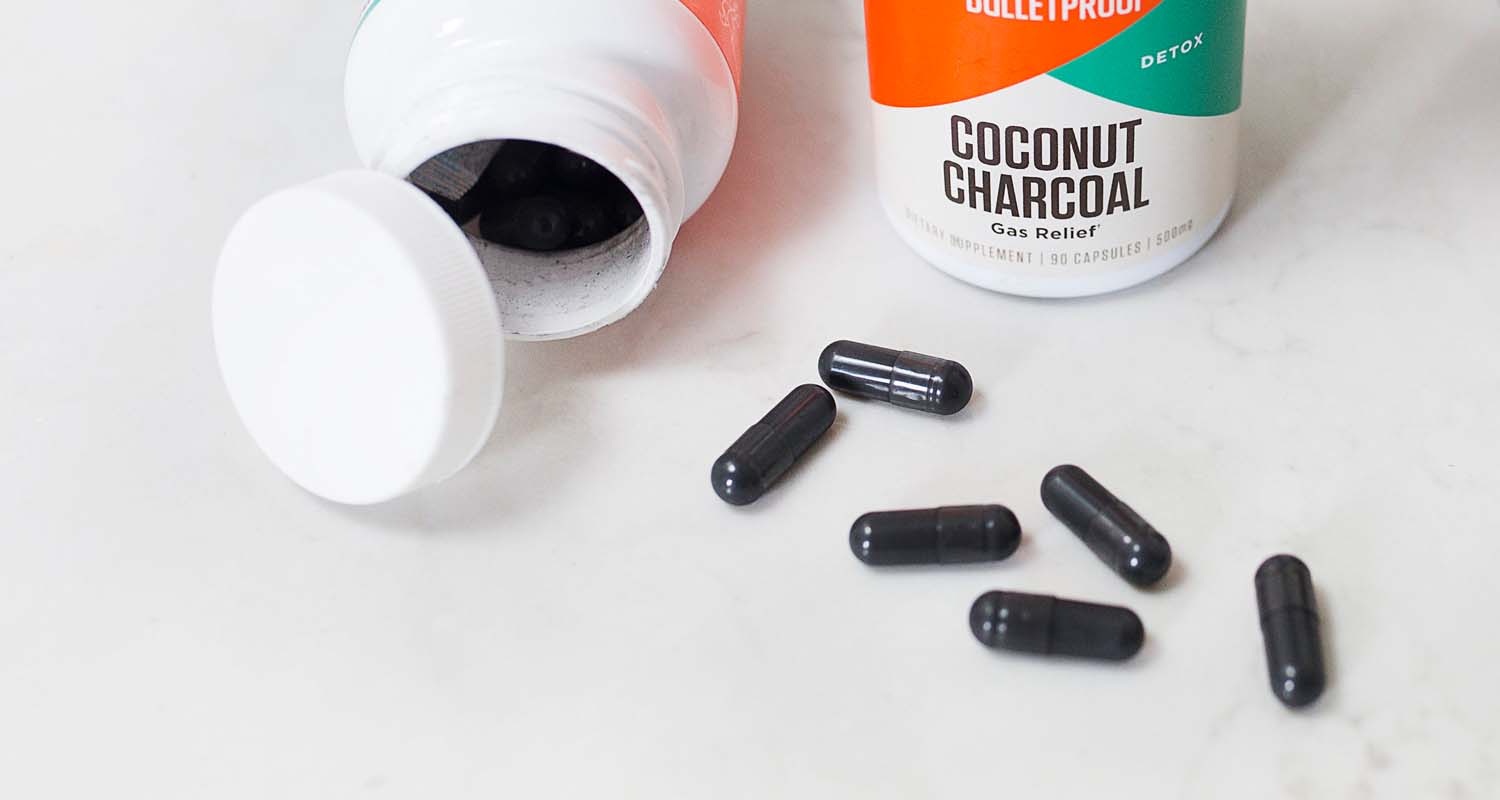
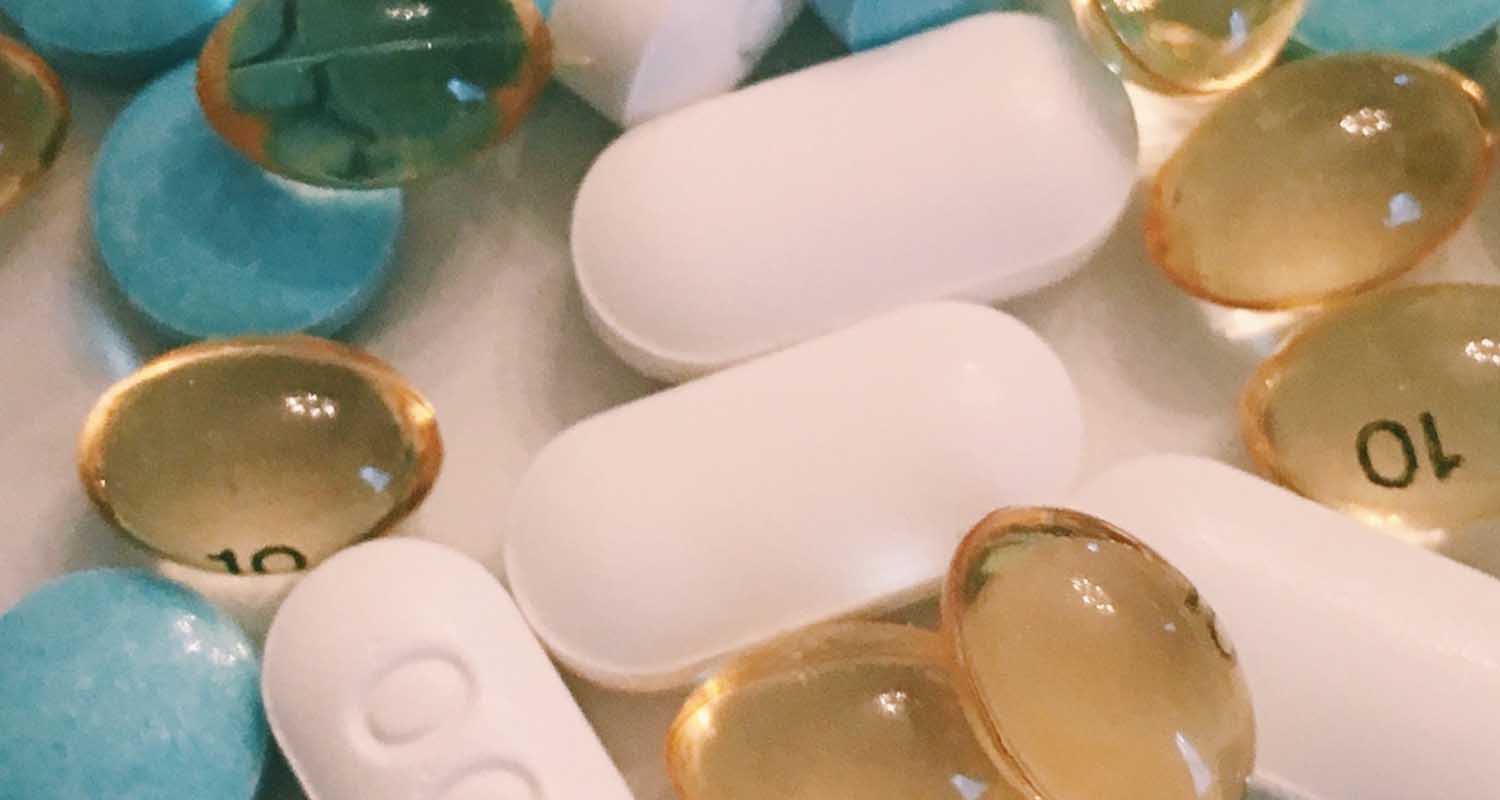
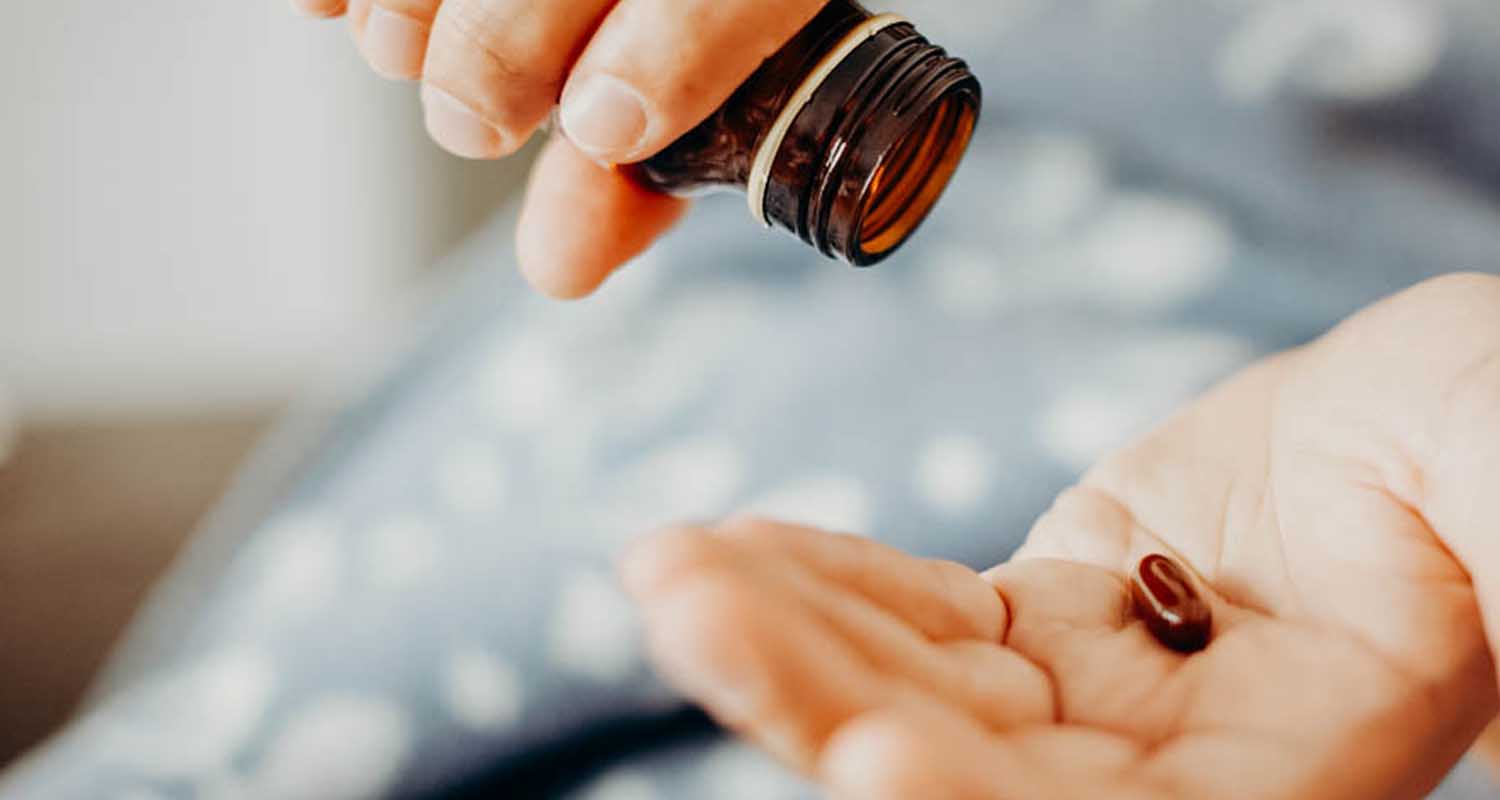
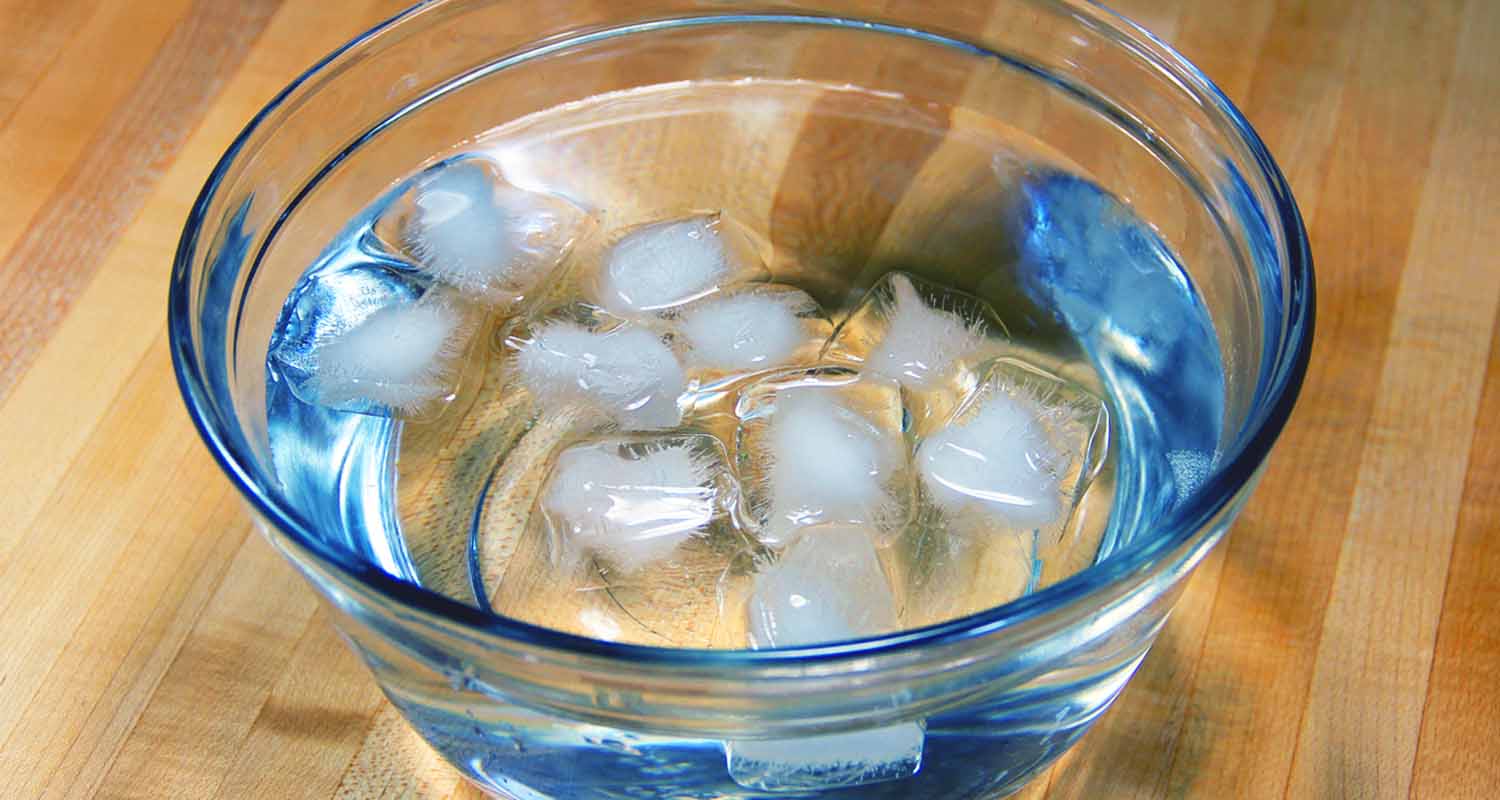



 Exercise improves
Exercise improves 
 A new pair of shoes may give you brief pleasure (hedonia), but in the long run you won’t get satisfaction (eudaimonia) from buying material goods. The study’s authors put it well:
A new pair of shoes may give you brief pleasure (hedonia), but in the long run you won’t get satisfaction (eudaimonia) from buying material goods. The study’s authors put it well: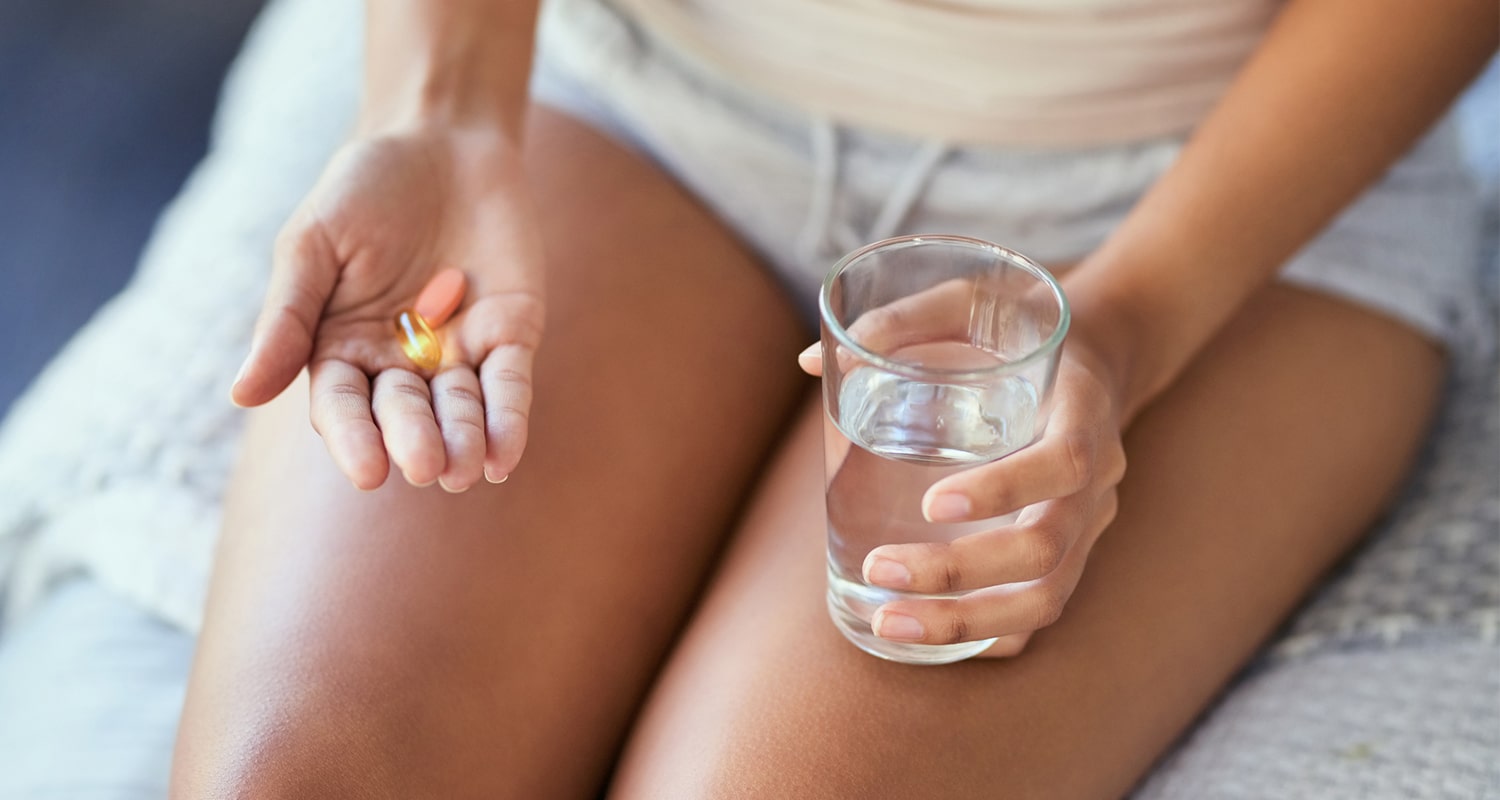 Supplements can make you happier, too. Here are four supplements that improve mood:
Supplements can make you happier, too. Here are four supplements that improve mood: Happiness can be hacked, and with a little practice, you can turn it into a habit. Once you do it starts to spread. A 20-year-long study of 4700 people found that how happy you are depends on the happiness of the people you interact with most.[ref url=”http://bjp.rcpsych.org/content/bjprcpsych/202/2/100.full.pdf”] Find good friends, connect with them, and build a network based on love and gratitude. It sounds a little clichéd, but it can change your life.
Happiness can be hacked, and with a little practice, you can turn it into a habit. Once you do it starts to spread. A 20-year-long study of 4700 people found that how happy you are depends on the happiness of the people you interact with most.[ref url=”http://bjp.rcpsych.org/content/bjprcpsych/202/2/100.full.pdf”] Find good friends, connect with them, and build a network based on love and gratitude. It sounds a little clichéd, but it can change your life. Unlike powdered rhinoceros horn, dried tiger penis, and most other traditional aphrodisiacs, maca actually seems to work. There’s some evidence to back up claims of its sex-enhancing properties. Here’s what the science says about maca.
Unlike powdered rhinoceros horn, dried tiger penis, and most other traditional aphrodisiacs, maca actually seems to work. There’s some evidence to back up claims of its sex-enhancing properties. Here’s what the science says about maca. In a double-blind 2002 study, researchers gave 57 men either 1.5g maca, 3g maca, or placebo. The men received the supplements daily for 12 weeks. After 8 weeks, men in the two maca groups reported heightened sexual desire.[ref url=”http://www.ncbi.nlm.nih.gov/pubmed/12472620″]
In a double-blind 2002 study, researchers gave 57 men either 1.5g maca, 3g maca, or placebo. The men received the supplements daily for 12 weeks. After 8 weeks, men in the two maca groups reported heightened sexual desire.[ref url=”http://www.ncbi.nlm.nih.gov/pubmed/12472620″]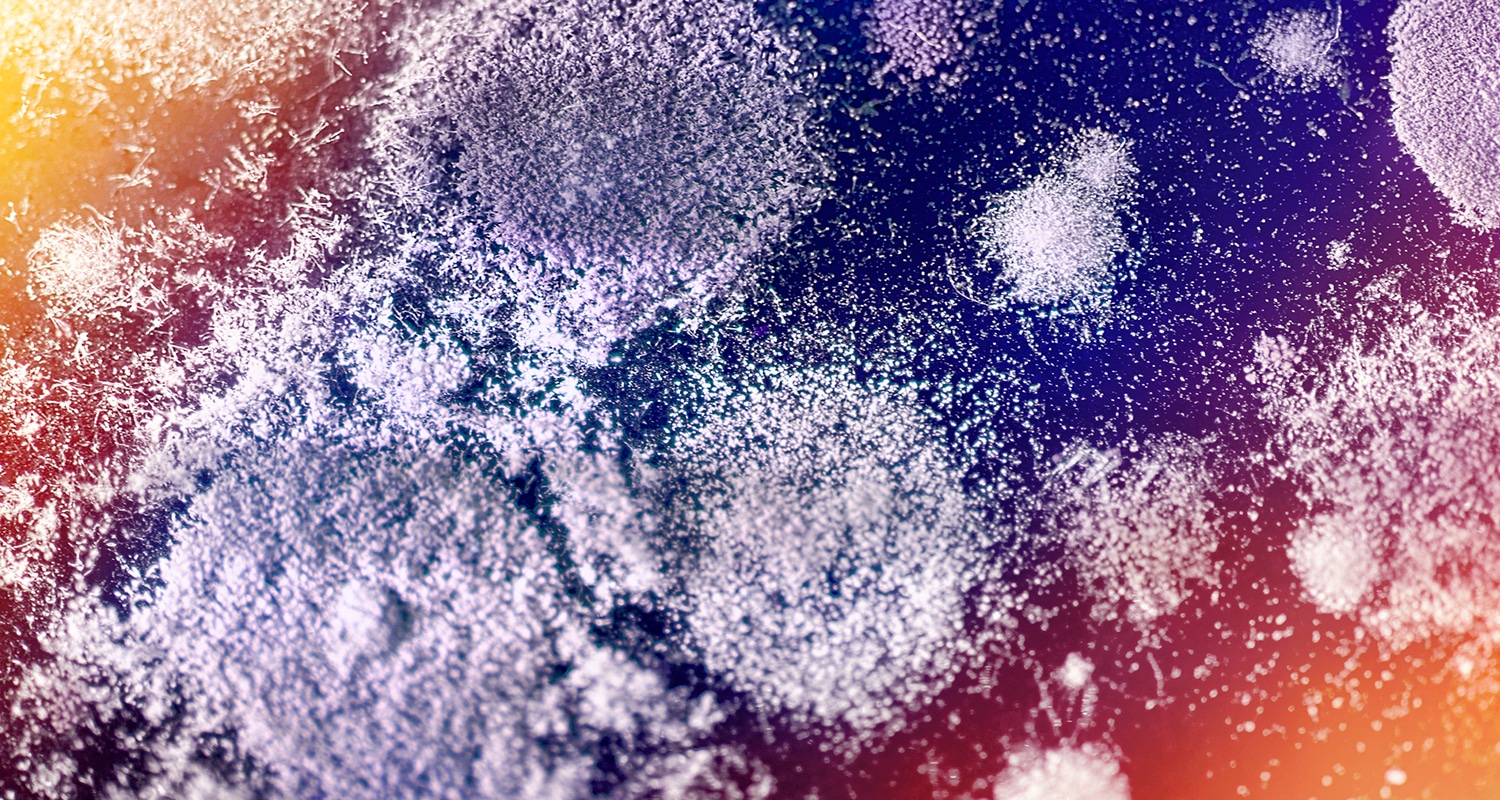 Maca root gets moldy. Traditionally, Peruvians dry maca root and crush it into a powder. Dried maca powder is what you’ll typically find in health food stores as well. The trouble is that maca often grows mold during the drying process, and the resulting powder often contains aflatoxin, a potent carcinogen. Maca was on the drawing board as a Bulletproof product for a while, but it was difficult to find a pure source; even the highest quality maca root contained about 13 ppb aflatoxin. That’s not up to Bulletproof standards.
Maca root gets moldy. Traditionally, Peruvians dry maca root and crush it into a powder. Dried maca powder is what you’ll typically find in health food stores as well. The trouble is that maca often grows mold during the drying process, and the resulting powder often contains aflatoxin, a potent carcinogen. Maca was on the drawing board as a Bulletproof product for a while, but it was difficult to find a pure source; even the highest quality maca root contained about 13 ppb aflatoxin. That’s not up to Bulletproof standards. While maca looks and tastes like a root, it’s actually a cruciferous vegetable, which is the same category as cauliflower, kale, cabbage, Brussels sprouts, and other members of the Brassica family. And like other cruciferous veggies, maca contains goitrogens, anti-nutrients that disrupt thyroid hormones. There are two ways to reduce goitrogens in maca root.
While maca looks and tastes like a root, it’s actually a cruciferous vegetable, which is the same category as cauliflower, kale, cabbage, Brussels sprouts, and other members of the Brassica family. And like other cruciferous veggies, maca contains goitrogens, anti-nutrients that disrupt thyroid hormones. There are two ways to reduce goitrogens in maca root.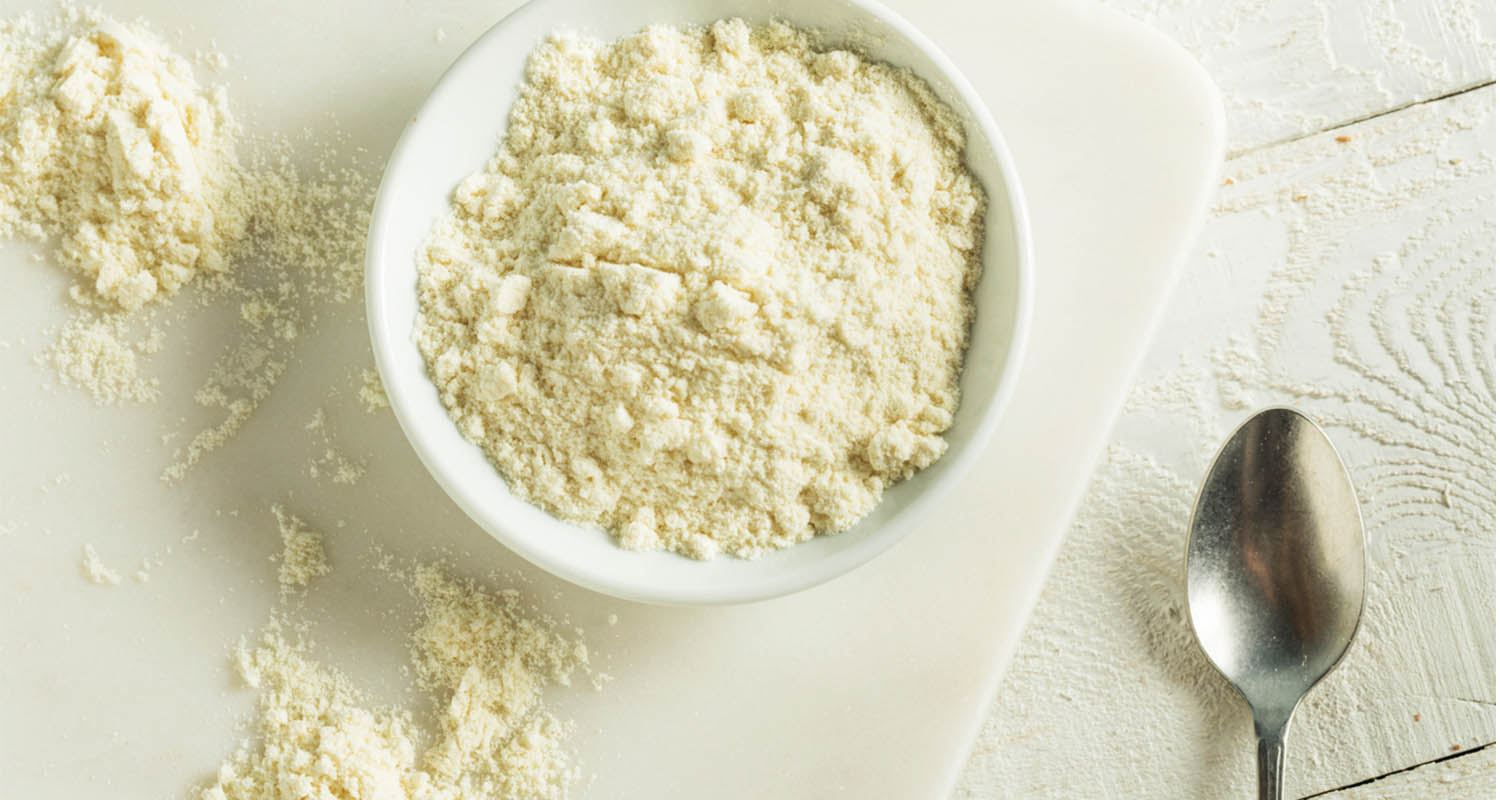 Maca has a malty, nutty, slightly sweet flavor that pairs well with chocolate and vanilla, so it’s a great addition to smoothies or protein shakes. You could even spoon some into your morning coffee, although the high starch content may take you out of ketosis. However you take it, be sure your maca’s cooked, and get the high-quality stuff to avoid mold toxins as much as possible.
Maca has a malty, nutty, slightly sweet flavor that pairs well with chocolate and vanilla, so it’s a great addition to smoothies or protein shakes. You could even spoon some into your morning coffee, although the high starch content may take you out of ketosis. However you take it, be sure your maca’s cooked, and get the high-quality stuff to avoid mold toxins as much as possible.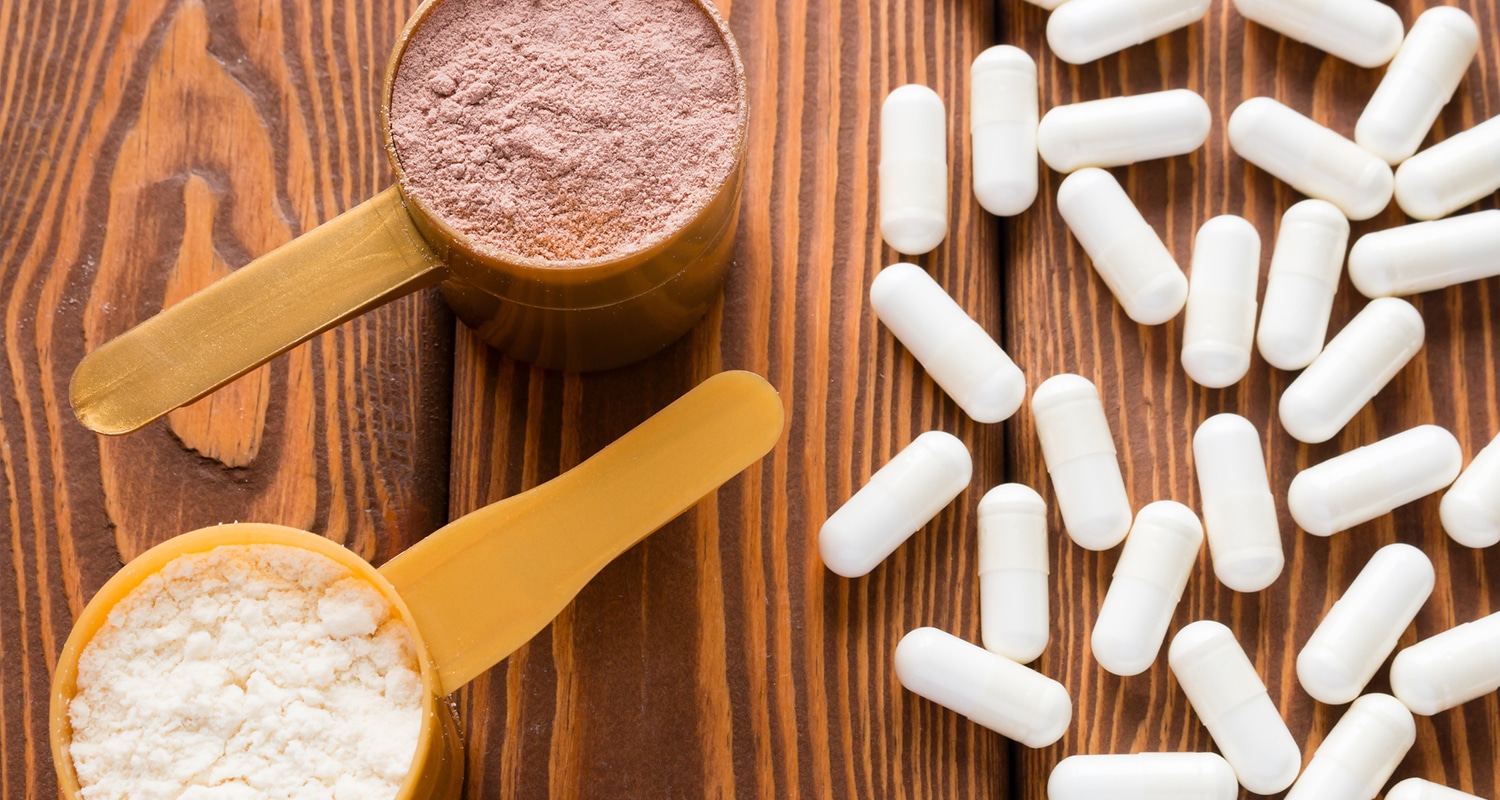 To use maca powder, mix one teaspoon, which is roughly 5g, into your smoothie or protein shake.
To use maca powder, mix one teaspoon, which is roughly 5g, into your smoothie or protein shake. Each person’s gut microbiome, the colonies of bacteria, fungi, and viruses that help you break down food and fight off disease, is more unique than your fingerprint and it changes every day — every meal, for that matter.
Each person’s gut microbiome, the colonies of bacteria, fungi, and viruses that help you break down food and fight off disease, is more unique than your fingerprint and it changes every day — every meal, for that matter. One of the best ways to influence your gut microbiome is to decide what you want to be, then become that:
One of the best ways to influence your gut microbiome is to decide what you want to be, then become that: